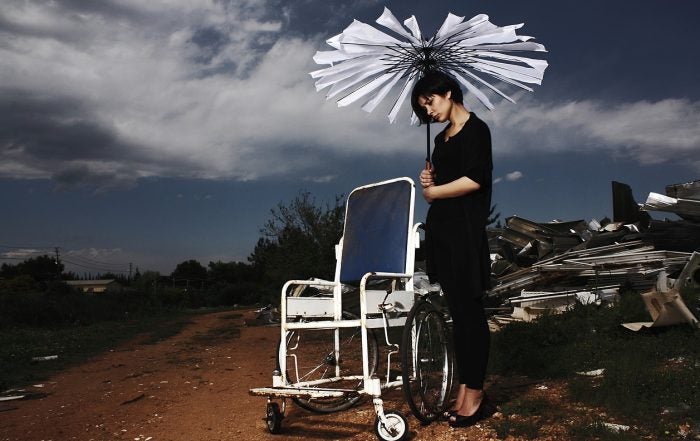Is Rejuvenating Research Akin to the Fountain of Youth?
By Barry Nguyen, Biochemistry & Molecular Biology Authors note: I have always been interested in the aging research field. So much so, I watched ALL 8 podcasts episodes of Dr. David Sinclair’s aging podcast during the summer (which can be found on Spotify–highly recommend). A lot of the discussion is centered around developments in rejuvenating […]
Review of Literature: Use of Deep Learning for Cancer Detection in Endoscopy Procedures
By Nitya Lorber, Biology and Human Physiology ’23 Author’s Note: I think now more than ever, the reality of artificial intelligence is knocking on our doors. We are already seeing how the use of AI programs are becoming more and more normalized for our daily use. AI is now driving our cars, talking to us […]
First steps in the development of small-scale 3D printed hydrogel bioreactors for protein production in space travel
By Maya Mysore, Laura Ballou, Anna Rita Moukarzel, Alex Cherry, David Duronslet, Lisette Werba, Nathan Tran, Hannah Mosheim, Stephen Curry, Simon Coelho Advisors: Kantharakorn Macharoen, Matthew McNulty, Andrew Yao, and Dr. McDonald, Dr. Nandi, and Dr. Facciotti Author’s Note: My name is Maya Mysore, and I am a team lead on the BioInnovation Group’s […]
COVID-19 survivors can retrain their smell to enjoy food and wine again
By Daniel Erenstein, Neurobiology, Physiology & Behavior ‘21 Author’s Note: Last spring, I enrolled in the inaugural offering of the University Writing Program’s wine writing course. Our instructor, Dr. Alison Bright, encouraged us to report on topics of personal interest through our news stories on the wine industry, viticulture, enology, and more. In this article, […]
Surviving COVID-19: Variables of Immune Response
By La Rissa Vasquez, Neurobiology, Physiology & Behavior ‘23 Author’s Note: In this paper, I analyze autopsy reports conducted on deceased COVID-19 patients and supply a breakdown of the body’s immune response. The purpose of this paper is to provide a more generalized synopsis of how the body is affected by the virus from the […]
Sox10 as a Focal Point for Understanding Schwann Cell Differentiation
By Carly Adamson, Neurobiology, Physiology & Behavior ‘21 Author’s Note: I wrote this literature review for a UWP 104E assignment for which we could pick any science topic that interested us. I chose neural crest cells (NCCs) because they are the research focus of Dr. Crystal Rogers’ developmental biology lab, which I intern for on […]
After Eureka Comes Death
As insulin prices skyrocket, diabetics turn to increasingly dangerous solutions to manage their illnesses By Jesse Kireyev, History ‘21 Author’s Note: There’s an indescribable type of heartbreak that comes from hearing a close diabetic family member or friend tell you they cannot afford their next dose and won’t be able to for weeks. A day […]
The Scientific Cost of Progression: CAR-T Cell Therapy
By Picasso Vasquez, Genetics and Genomics ‘20 Author’s Note: One of the main goals for my upper division UWP class was to write about a recent scientific discovery. I decided to write about CAR-T cell therapy because this summer I interned at a pharmaceutical company and worked on a project that involved using machine learning […]
CD47-SIRPα Pathway as a Target for Cancer Therapeutics
By: Nicholas Garaffo, Biochemistry and Molecular Biology, 20’ Authors’ Note: I originally wrote this piece for my UWP 104E class Writing in the Science’s, but I have since expanded my topic and complicated my original analysis. Ultimately, I submitted this piece to the Norman J. Lang Prize, was awarded second place, and presented my research […]
Finding a Solution in the Source: Exploring the Potential for Early Beta Cell Proliferation to Disrupt Autoreactive Tendencies in a Type 1 Diabetes Model
By Reshma Kolala, Biochemistry & Molecular Biology ‘22 Residing in the pancreas are clusters of specialized cells, namely alpha, beta (), and delta cells. cells, more specifically, are insulin-secreting cells that are instrumental in the body’s glucose regulation mechanism. An elevation of the extracellular glucose concentrations allows glucose to enter cells via GLUT2 transporters, where it […]

